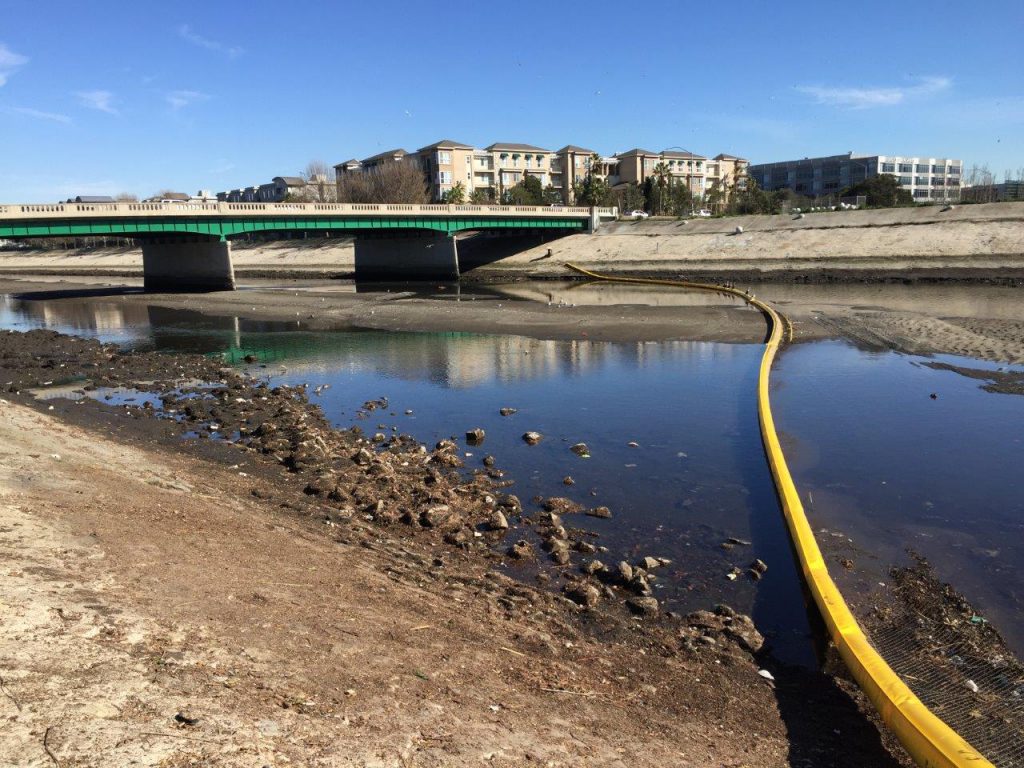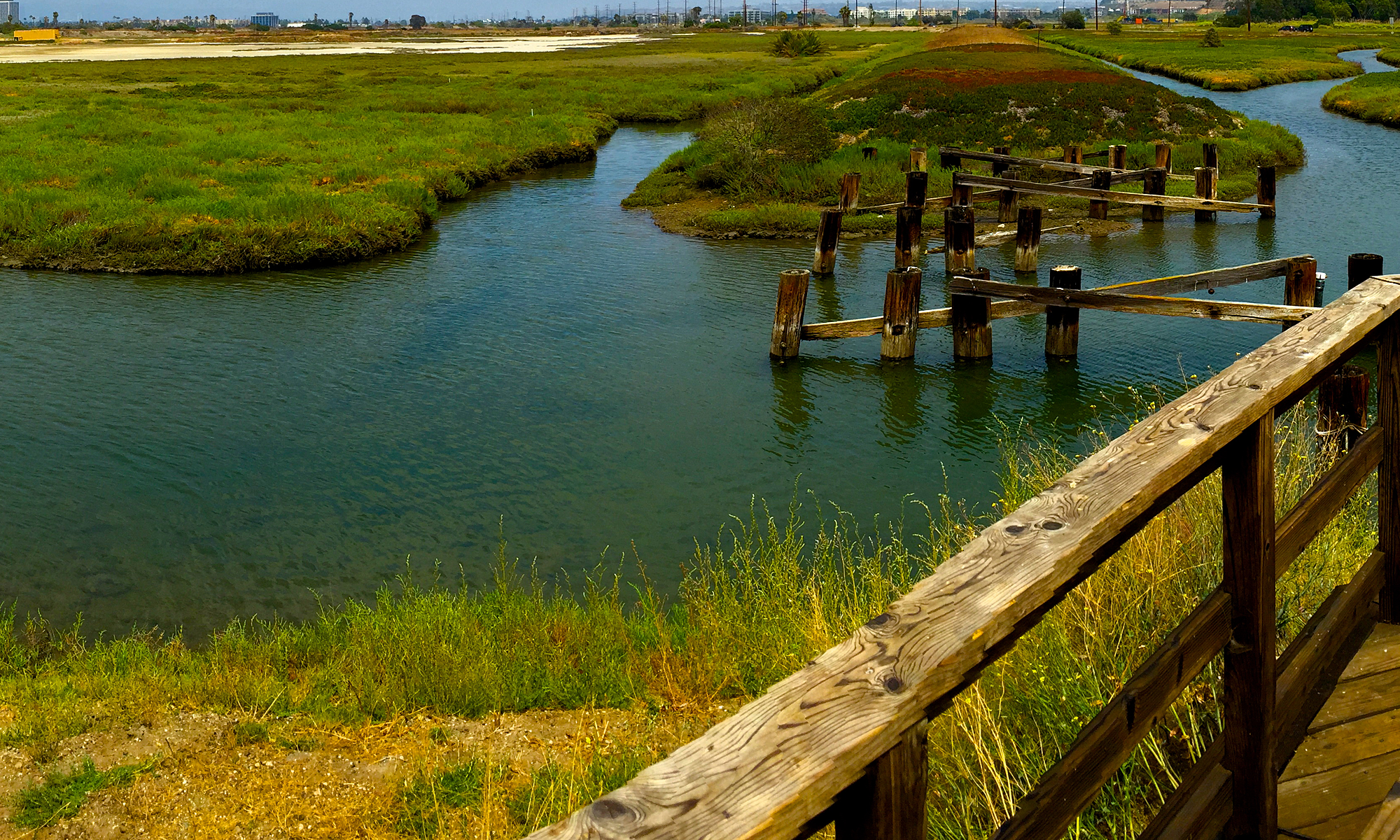Principle 5 – Watershed Hydrology
Wetland restoration efforts should consider watershed hydrology that may impact the project site and function, such as upstream water quality and flow volumes. (v)
Description:
Wetland restoration projects should consider the flow (volume and seasonality) of water and sediment upstream and to the wetlands; for instance extensive development and impervious area upstream from a wetland may increase historical flows, altering natural wetland processes. Runoff as well as waste water discharges to a creek can turn a seasonally dry creek to a perennial creek. These factors need to be taken into account when planning a wetland restoration project. Further, the water quality of inputs to a wetland should be considered; wetlands serve as natural water purifiers but have a limit to the pollutants they can handle and water quality improvement projects may also need to be considered to result in the long-term success of a wetland restoration. Wetland restoration or establishment projects may not be appropriate in all cases given the current conditions.

Trash boom in the Ballona Creek keeping trash from entering Ballona Wetlands Ecological Reserve in Los Angeles County. Trash negatively impacts wetland habitat and wildlife both directly and indirectly. Restoration projects need to consider upstream water quality in planning. Photo courtesy of Lisa Fimiani.
Examples:
• Colorado lagoon (http://www.coloradolagoon.org/restoration.html): Storm drain outfalls draining directly to the lagoon were removed, and the remaining 3 storm drains had low flow diversions put in and trash separating devices. These improvements sought to reduce flow to the wetlands and improve the water quality. In addition, contaminated sediment was removed; these restoration measures resulted in huge increases in water quality (specifically bacteria, contaminants, trash).
• Bolsa Chica Wetlands: trash boom to improve water quality and habitat by preventing trash from entering the wetlands
• Golden Shore Marine Biological Reserve Park Wetlands: trash boom in the Los Angeles River to keep trash from entering wetlands at Golden Shore Marine Biological Reserve Park in Long Beach, CA.
• Malibu Lagoon: The restoration involved removal of direct input drains to the lagoon as well as bioswales, retention basins, permeable surfaces, and native plants to treat runoff from areas surrounding the Lagoon, preventing this polluted runoff from entering the Lagoon.
Reference:
v. Zedler JB (2000). Progress in wetland restoration ecology. TREE 15: 402-407.
